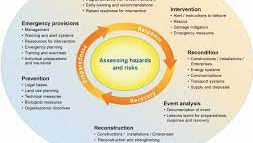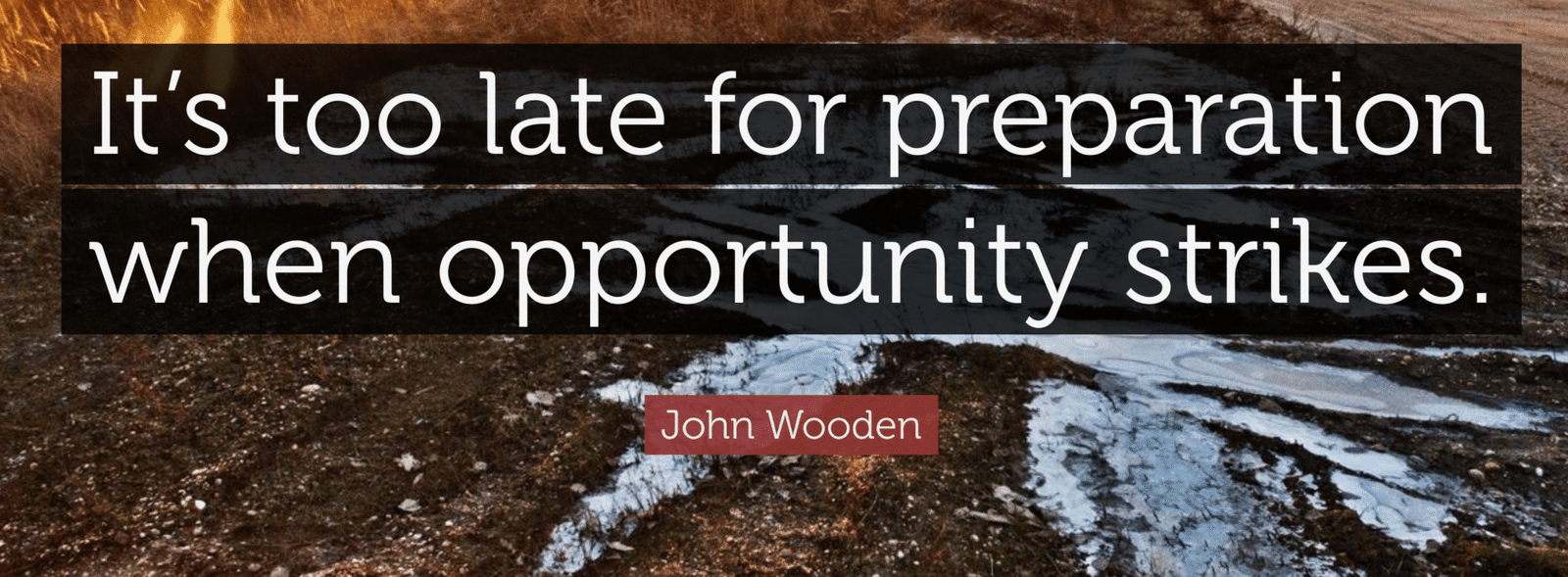Now Reading: How Modern Models Help Us Survive Disasters and Uncertainty 2025
-
01
How Modern Models Help Us Survive Disasters and Uncertainty 2025
How Modern Models Help Us Survive Disasters and Uncertainty 2025

Table of Contents
In today’s fast-changing world, staying prepared for the future is more important than ever. From managing climate risks to predicting economic shifts and preventing public health crises, modern models are proving to be powerful tools for planning and resilience.
These models use complex data, machine learning, and advanced simulations to help decision-makers understand what might happen next—and how to prepare for it. Governments, businesses, and even communities are relying more on these tools to make smarter choices, stay ahead of challenges, and bounce back from disruptions more quickly.
What Are Modern Models?

Modern models are advanced systems that use large amounts of data and algorithms to simulate real-world situations. Unlike traditional models that were built on limited information and human assumptions, modern models can process massive datasets in real time and provide more accurate predictions.
These models can forecast anything from the path of a hurricane to how a disease might spread or how the economy might react to a policy change. They are used across industries: from climate science and urban planning to healthcare, finance, agriculture, and disaster management.
Why Resilience Matters Today
The world is facing more frequent and intense challenges—climate change, pandemics, cyber threats, supply chain disruptions, and natural disasters, just to name a few. In this unpredictable environment, resilience is the key to survival and long-term success.
Resilience means being able to recover quickly from difficulties and adapt to changing conditions. But to be resilient, we first need to know what we’re up against. That’s where modern models come in. They help us anticipate problems, test different solutions, and build systems that can handle stress.
Real-World Uses of Modern Models
Let’s explore how these tools are being used in different sectors:
1. Climate and Disaster Preparedness
Climate scientists use models to simulate how rising temperatures might affect sea levels, weather patterns, and ecosystems. These insights help governments and cities create action plans to reduce carbon emissions, build stronger infrastructure, and protect vulnerable communities.
For example, coastal cities like Miami and Mumbai use flood prediction models to prepare for storm surges. These models help city planners know where to build flood walls, when to evacuate, and how to allocate emergency resources.
2. Healthcare and Pandemic Response
During the COVID-19 pandemic, modern epidemiological models played a crucial role in guiding government responses. They helped predict how fast the virus would spread, estimate hospital needs, and determine the impact of lockdowns or vaccination campaigns.
Now, health agencies use these models to monitor disease outbreaks, prepare for future pandemics, and improve public health strategies.
3. Urban Planning and Smart Cities
Modern cities are using models to plan everything from traffic flow and housing to energy use and pollution control. By simulating how people move and interact within a city, planners can design spaces that are more efficient, eco-friendly, and livable.
Smart cities like Singapore, Amsterdam, and Dubai use real-time data to make decisions about transportation, waste management, and public safety—making life easier and safer for their residents.
4. Business and Financial Forecasting
Businesses use models to manage risk, forecast demand, and plan investments. Financial models help banks predict market trends, detect fraud, and comply with regulations. Supply chain models help companies prepare for delays and shortages, especially during global disruptions like pandemics or geopolitical conflicts.
By simulating different scenarios, businesses can test strategies before making real-world decisions. This makes them more agile and less vulnerable to sudden shocks.
The Role of AI and Machine Learning
Artificial Intelligence (AI) and machine learning have taken modern modeling to the next level. These technologies allow systems to learn from data, spot patterns, and improve predictions over time. As a result, models are becoming faster, smarter, and more adaptable.
For example, AI-driven models can now predict wildfire behavior, recommend personalized health treatments, or detect structural damage in buildings before it becomes dangerous. This kind of predictive power is revolutionizing how we prepare for the future.
Challenges and Ethical Concerns
While modern models offer many benefits, they are not perfect. Poor-quality data, biased algorithms, or wrong assumptions can lead to flawed results. There are also concerns about privacy, transparency, and accountability—especially when models influence big decisions like policing, hiring, or insurance pricing.
To build trust in these systems, it’s important to make models transparent, inclusive, and regularly tested for fairness. Human oversight is still needed to ensure the tools are used responsibly.
The Future of Resilient Planning

As we face more complex and interconnected challenges, modern models will play an even bigger role in shaping our world. They give us a clearer picture of risks and opportunities, helping us make smarter decisions at every level—from individuals and families to corporations and governments.
Investing in modeling technology, training skilled professionals, and building open data systems are essential steps to ensure we use these tools to their full potential.
In the coming years, expect to see even more advanced models being used in areas like climate adaptation, space exploration, global trade, education, and mental health. These systems won’t just help us survive—if used wisely, they will help us thrive.
Final Thoughts
Modern models are no longer just academic tools or technical resources. They are essential to how we plan, respond, and grow in a fast-changing world. By helping us see the road ahead more clearly, they give us the power to build a safer, stronger, and more resilient future.
Whether it’s facing a flood, planning a new city, responding to a pandemic, or preventing a crisis, one thing is clear: the models of today are shaping the realities of tomorrow.
Read More:- Deyaar’s Latest Announcement Shakes Up the UAE Property Market






















